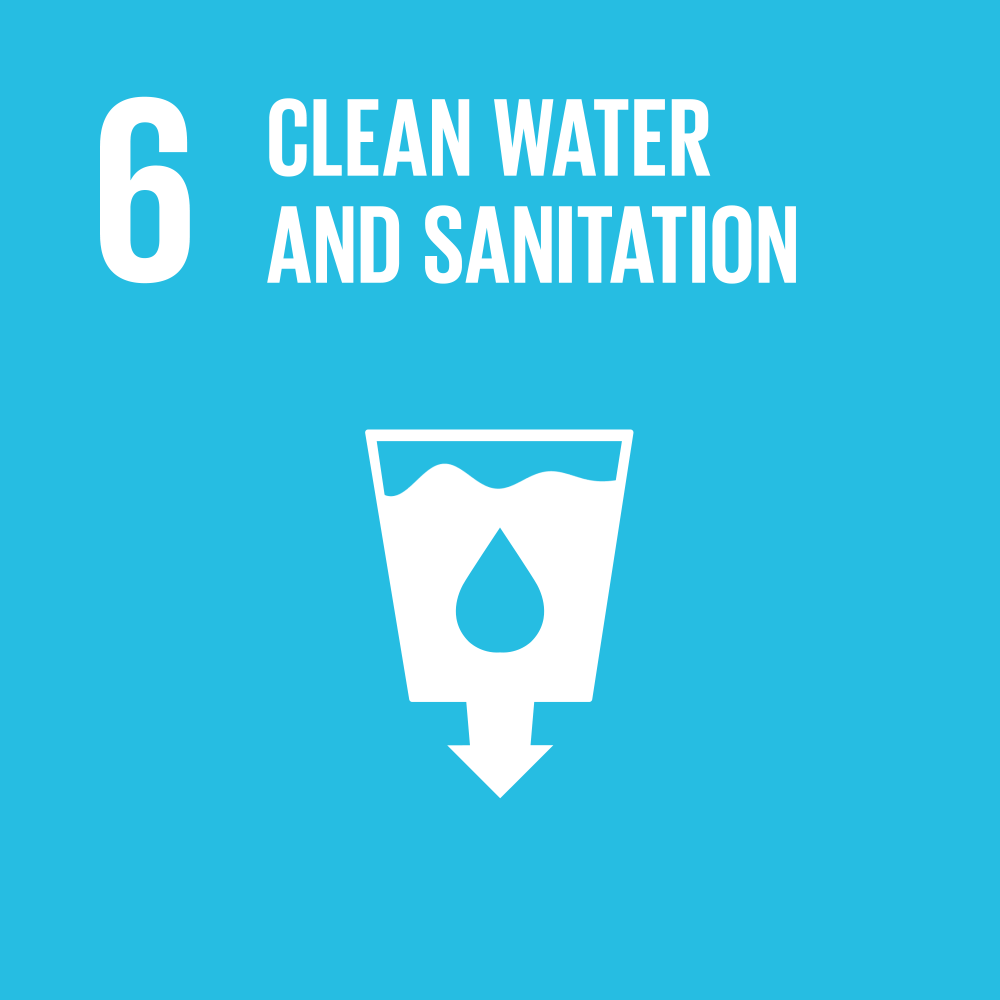+2348034099810 | dvcrti@unilorin.edu.ng dcredit@unilorin.edu.ng
Email: pmsdg@unilorin.edu.ng

A HISTORY OF SACRED WATER BODIES (HOLY WELLS) IN YORÙBÁLAND UP TO 2016
RAHEEM, Oluwafunminiyi
April 2023
Sacred water bodies, holy wells being an associated category, have continued to engage the attention of scholars over a long period. Scholars have narrowed down the socio-religious contexts of holy wells to two perspectives – pagan and ecclesiastic, which are viewed through the prism of the church, its patron saints and Christian liturgical rituals or practices. Despite the plethora of works on holy wells, scholars have repeatedly paid little attention or glossed over the nature and socio-religious contexts of holy wells in African societies and among the Yorùbá, in particular. Two holy wells – Olókun in Ilé-Ifè, Òsun State and Orí Ayé in Òǹdó town, Òǹdó State – selected for this study are pivotal to unravelling the framework of sacred water bodies (holy wells) in a non-European context. The aim of the study was to re-engage the place of holy wells through which the Yorùbá identify with local worship and belief. The objectives were to (i) examine the ways by which water is recognised in the Yorùbá thought system; (ii) discuss the origin, meaning and context of holy wells in Yorùbá history; (iii) provide insights into the perspective of holy wells in European societies; and (iv) analyse the various ways in which holy wells are understood globally.
The study adopted historical and phenomenological methods. Primary and secondary sources were employed to validate this approach. Primary sources were drawn from oral interviews conducted with a cross-section of traditional worshippers, palace officials and priests/priestesses as well as participant-observation of ritual practices and performances in Ilé-Ifẹ̀ and Òǹdó towns. Secondary sources were obtained from extant literature on the history of both towns as well as newspapers, magazines, dissertations and the internet. These sources were critically examined and analysed.
The findings of the study were that:
i. water is recognised among the Yorùbá, particularly that which is embedded in a sacred watery site, for its utilitarian and intrinsic value beyond its solid state;
ii. the origin of holy wells in Ilé-Ifẹ̀ and Òǹdó dates back to an antiquated period that retains meanings associated with Yorùbá deity belief and their socio-religious contexts viewed in the framework of healing properties and wellbeing;
iii. holy wells in Europe are associated with priestly saints such as St. Patrick, St. Mary among others, and in most cases linked to Catholic practices; and
iv. holy wells, at a transcontinental level, are located on sacred and popular sites or landscapes which attract large visitors/worshippers/pilgrims/followers during periodic festivals or occasions and where ritual devotion of prayers or petitions and votive deposition are offered and presented, respectively.
The study concluded that the holy wells in Ilé-Ifẹ̀ and Òǹdó can illuminate a deeper understanding of their socio-cultural and religious contexts outside the borders of the common illustration of ‘pagan’ rites and Christian worship of holy wells in Europe and western literature. It is recommended that interest in holy well research among local communities in Nigeria should be developed to bridge the gap in holy well scholarship in the global north.
OPTIMAL DESIGN OF WATER DISTRIBUTION NETWORKS USING METAHEURISTIC OPTIMIZATION ALGORITHMS
AINA, IBUKUN ISAAC
(15/68EV006)
January 2022
The high investment and maintenance cost associated with both new water distribution networks and the expansion of existing ones had led mathematicians and engineers to take great interest in mathematical methods to find their optimal design, with the mini- mum cost. Over the last two decades, a large number of optimization models have been developed but none has addressed the rehabilitation and expansion of a water distribution network. Therefore, this research was aimed at the optimal design of water distribution networks using metaheuristic optimization algorithms. The objectives of the study were to: (i) develop water distribution network (WDN) models; (ii) solve the developed models for the minimization of cost of networks; (iii) construct a new class of metaheuristic al- gorithms and solve the developed WDN models; and (iv) compare the performance of the existing metaheuristic algorithm with the new class of metaheuristic algorithms in solving WDN models developed.
New water distribution network models were constructed by using water distribution model governing principle. Epenat software was used for the simulation of the model. Some parameters in the standard metaheuristic algorithms were optimized to generate a new class of metaheuristic algorithms. The developed models were solved by using the standard and the new metaheuristic algorithms. Three water distribution networks were considered for minimization by using the standard metaheuristic algorithms as well as the newly developed algorithms. MATLAB R2010a (7.10.499) was applied in all the computations involved.
The findings of the study were that:
The study concluded that the new class of metaheuristic algorithms when combined with newly developed WDN are more robust and effective than the existing algorithms for the Water Distribution Networks. The study recommended that optimization tools such as the enhanced metaheuristic algorithms should be explored for better performance of WDN models.